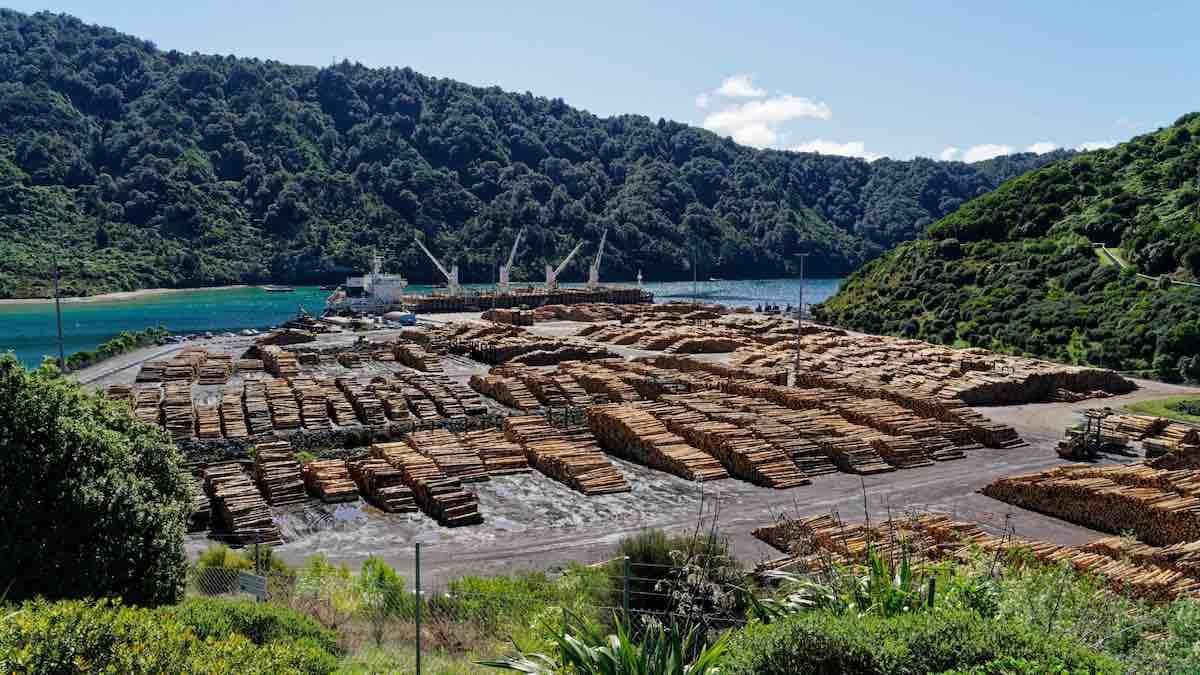Working capital options outside of bank overdrafts
Date
23 February 2023
Share

Options for business working capital funding outside of main bank overdrafts, have evolved relatively rapidly in recent years, particularly for smaller businesses.
The traditional source of working capital funding for most smaller New Zealand businesses has been a main bank overdraft facility. This is most often secured by a combination of a General Security Agreement (GSA - a floating charge that gives the bank security over “All Present and After Acquired Assets” of your business), guarantees from the Company Directors (which gives the bank means to chase the Directors personally for any debt obligation of the business), and typically a first mortgage over property security (in most cases being the family home). In these scenarios, the banks place very little security value on the GSA, and ultimately assess their security position on the equity that exists in their first mortgage secured property security, and after taking personal mortgages and other forms of property secured business debt into consideration. With recent declines in house values, that equity is getting squeezed for many smaller business owners. We are also seeing an increasing number of younger business owners who are not yet homeowners.
As a “rule of thumb” most businesses should have an overdraft facility of roughly 10% of turnover to cope with normal trade debtor fluctuations. Careful consideration needs to be given to the speed of your trade cycle – how much of a timing gap is there between when you must pay for your business inputs (stock, wages, operating costs etc) and when you get paid by your debtors. You must also factor in seasonal influences that may increase your working capital needs at certain times of the year. This assessment should result in the actual cash gap that needs to be covered by your working capital lines.
At Finance New Zealand we frequently see smaller businesses with inadequate working capital facilities, resulting in wider cash flow stress and lack of ability to chase growth opportunities. These are often smaller businesses who sit at “business bank” level and have a minimal relationship with their main bank. Typically working capital limits have not grown in line with business turnover, or the bank is more focused on providing an overdraft limit that aligns to the equity that exists in its security pool rather than on what the working capital needs of the clients are.
Options for business working capital funding outside of main bank overdrafts, have evolved relatively rapidly in recent years, particularly for smaller businesses.
We have seen the entry of several non-bank Fintech working capital providers to the New Zealand market. These lenders use algorithm-based assessments of individual businesses capacity to service working capital debt based on analysis of actual recent bank account statements. They also place greater reliance on “real time” business and personal credit scores now being provided by Equifax and Centrix. These lenders can then provide either working capital loans, or revolving credit limits, typically secured by GSA and Directors Guarantees. They are usually “unsecured” so far as not having direct security over property, although lending appetite will take into consideration the wider financial position of the Company shareholders. Though more expensive than main bank overdrafts, these lenders are helping bridge working gaps for smaller business clients that have no or limited property equity, do not wish to provide personal property security to their bank, or need a faster speed of response than typically provided by main bank business bank teams. Facilities of this nature can be available up to about $300,000, though lender appetite is increasing, and larger facilities can be assessed in some cases.
Invoice (or debtor) finance is another option that can work for many businesses. These products are offered predominantly by specialist non-bank lenders, though one major bank has recently relaunched a product in this space. Invoice finance facilities provide working capital limits set to certain percentage, most commonly 70-80%, of the value of your debtor book. As you issue invoices to you debtors, you can draw down upon the value of that debtor invoice, immediately bringing cash into your business. Once the debtor invoice is paid, you repay the funding drawn against that debtor invoice. The lender systems typical integrate with your MYOB or Xero internal accounting systems, making this relatively easy to manage. Debtor invoice funders will carefully scrutinise your debtor book, paying close attention to the quality and spread of your debtors, and your internal management processes for accurate debtor measurement and control. Most debtor finance facilities are now “undisclosed” with the funder having no day-to-day involvement with your debtors or debtor collection. Invoice finance facilities can be a very effective product to meet business working capital needs.
Larger businesses, managed by commercial banking teams, will often have access to a wider range of bank provided working capital products, and for stronger clients may be able to provide working capital products secured only by GSA. Our team is frequently working with main bank commercial teams to provide working capital or trade finance products to clients. Often, we assist with the transition from business bank to commercial banking teams where our clients have grown to the size where we can proactively promote their businesses, into a proactive commercial manager in a major trading bank.
If your business needs an assessment of its working capital needs, talk to your Finance New Zealand adviser.
Similar Posts
07 February 2024
Business finance news: The finance sector regulatory environment
Many businesses will welcome a change in government to one seen as more business friendly. Within the financial sector we expect to see the following impacts in the short term:

07 February 2024
Business finance news: The domestic economy
Business confidence has improved since late 2023 but remains a mixed bag. This mirrors what we are seeing across our own business. As we have returned from summer holidays, there seems a more optimistic attitude within our client base.


Page Links
Contact us
Finance New Zealand Limited L11 BDO Tower, 19-21 Como Street, Takapuna, Auckland 0622 PO Box 65164, Mairangi Bay 0754 T: (09) 222 0320E: info@financenz.co.nzMember of


Proud Sponsors of Auckland Rescue Helicopter Trust
Copyright Finance New Zealand Ltd 2024



